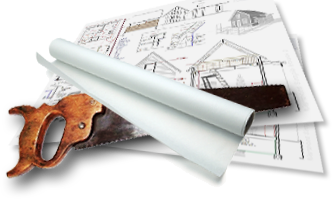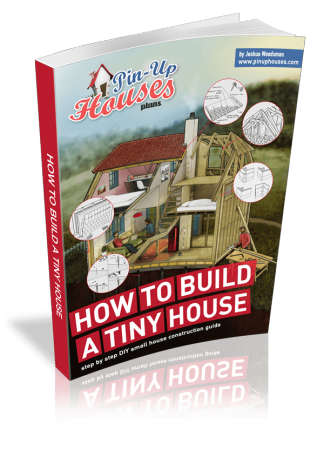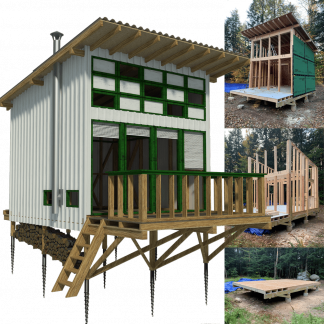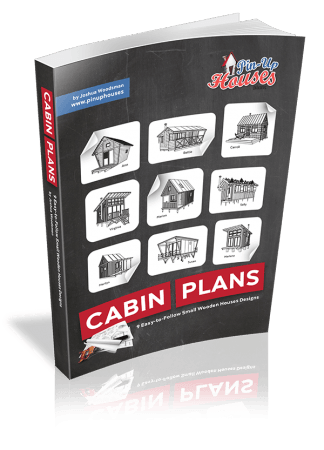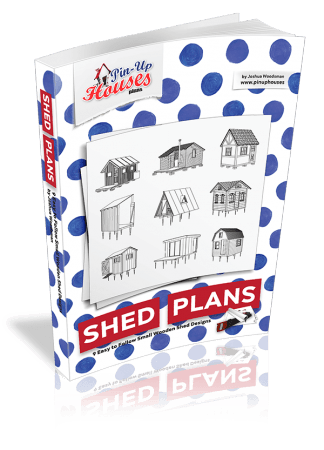The sphere of architecture is developing at the same speed as modern technologies. What seemed like an innovation yesterday is becoming a standard today. Design methods are becoming increasingly complex, as new materials, digital tools, and customer requirements emerge.
In such conditions, it’s not enough for architects to just be talented. They need to be able to plan their work competently, manage projects effectively, control deadlines, allocate a budget, and communicate with stakeholders. Those who don’t have time to adapt risk being left behind.
Therefore, it’s important for professionals not only to follow trends but also to constantly improve their skills, look for new approaches to work, and apply available resources for better results.
How can architects become more effective?
Below you will find 5 practical tips that will help professionals in the field of architecture become more productive in their profession and maintain a balance between creativity and work organization.
5 practical tips to become a more effective architect
Every architectural project is a unique initiative. Each plan and task has its own characteristics.
However, in general, there are basic tips that can lead any architect to success.
Below are some of these recommendations.
1. Apply a modern online management tool
It’s crucial for any architect to keep dozens of processes under control at the same time: from conceptual sketches and approvals to planning construction deadlines and budget calculations.
Modern online project management platforms allow for combining all these tasks in one spot. They help to structure project stages, distribute responsibilities between team members, and keep track of time and expenses.
Instead of endless tables and disparate files, architects receive visually understandable diagrams, boards, or dashboards that simplify management. In addition, such tools often allow you to work together with colleagues: make changes, comment on drawings, or share files in real time. It saves time on communication and reduces the risk of errors.
Choose a multifunctional Gantt chart software online such as GanttPRO. It will help you visualize all schedules, respond to changes, and organize workload.
It’s important to choose a tool that will match the scale and specifics of your activities. In the long term, it will not only help you organize but also enhance your professional reputation.
2. Develop communication skills
Architects rarely work alone. They usually interact with engineers, clients, contractors, and designers.
Effective communication helps to avoid misunderstandings and speeds up the decision-making process. After all, even the most brilliant idea can fail if you don’t communicate it to stakeholders correctly.
That’s why all architects need to be able to listen to a client, ask the right questions, and clearly explain complex technical issues in simple terms.
Learn to collaborate and develop written communication skills. Clearly formulate emails, instructions, and reports.
Use modern communication tools such as instant messengers, video conferencing, and collaborative workspaces. The ability to speak the same language with different specialists will make you truly indispensable.
3. Pay sufficient attention to time management
Deadlines in construction and architecture are often tight, and the ability to meet them is a critical indicator of professionalism.
Even the most promising project can turn into a source of problems if you don’t manage your time wisely. Effective time management will help you structure work processes, set priorities, and avoid burnout.
Visualize your daily tasks, distribute them by importance and complexity, and determine time for rest. Use calendar apps and specialized programs to control the stages of a project lifecycle. It’s also important to learn to say “no” to unnecessary tasks and requests that can prevent you from focusing on the main things.
Architects who know how to manage their time wisely are able to work more productively without increasing their working days.
4. Keep your documents and data in order
The loss of even one file can result in serious problems, especially since architectural projects are always associated with a large number of documents. These can be contracts, estimates, drawings, business correspondence, and more.
Establish a system for storing and structuring information. Choose services to always have access to data from any location. Stick to a single standard for naming files, and maintain archives of completed projects.
Try to avoid technical failures by practicing regular backups. Remember that an architect who always has up-to-date data at hand looks more reliable and professional.
The ability to manage documentation also simplifies interaction with customers and business partners. This is one of those skills that directly affects the efficiency and quality of work.
5. Master new technologies and constantly learn
New solutions in the field of architecture, such as 3D modeling programs or VR technologies, can radically change approaches to design.
If you rely only on old methods and approaches in your work, you risk falling behind competitors and losing customers. Regular training allows you not only to master new tools but also to develop strategic thinking. You begin to see projects in the context of innovations, taking into account the future development of technologies.
Constantly think about how your competitors are one step ahead, and you definitely need to overtake them.
Useful master classes, webinars, courses, or participation in exhibitions will help expand your professional horizons. Mastering new programs may seem like a waste of time, but in fact, it is a real investment in efficiency.
Be sure, continuous education will become the foundation for professional growth and confidence in the future.
Stay competitive and increase professional efficiency without barriers
Performing as an architect means being not only a creator, but also a strategist, researcher, and manager.
Modern working conditions in the field of architecture require professionals to be flexible, as well as able to learn and use new tools.
The five tips mentioned above will help you build a systematic approach to work, increase productivity, and maintain harmony between your personal and professional life.
Remember that an effective architect is someone who can combine creativity with organization, inspiration with discipline, and ambitions with resilience.

